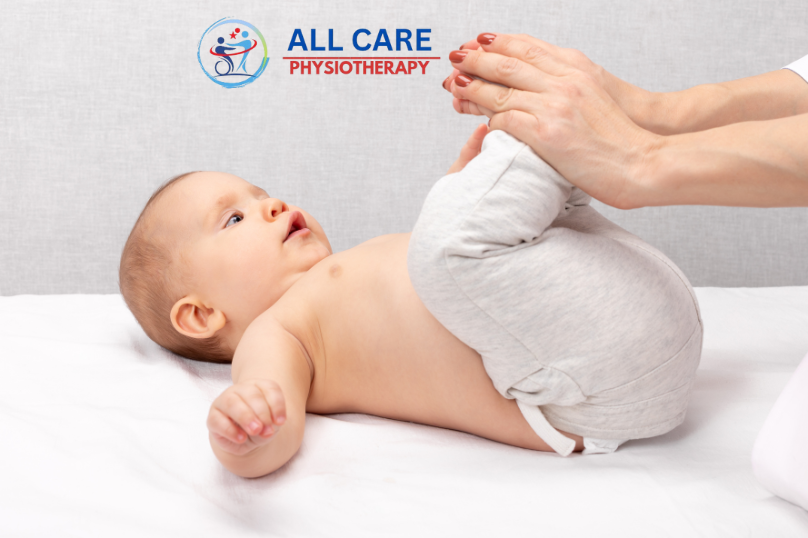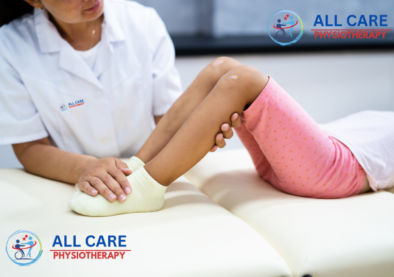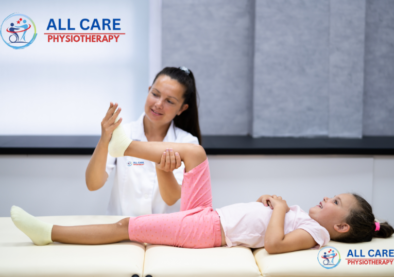
What is Pediatric Physiotherapy?
Pediatric Physiotherapy is a specialized area of physiotherapy focused on helping infants, children, and adolescents overcome physical difficulties caused by injury, illness, developmental delays, or congenital conditions.
It helps improve children’s movement, strength, balance, posture, and functional abilities, allowing them to participate more fully in daily life activities like playing, schooling, and socializing.
Pediatric physiotherapists use play-based and child-friendly techniques to make therapy engaging, fun, and motivating for young patients.
Goals of Pediatric Physiotherapy
The main goals of pediatric physiotherapy are:
Improve Strength and Endurance
Enhance Gross Motor Skills (e.g., sitting, crawling, standing, walking)
Promote Balance and Coordination
Facilitate Normal Movement Patterns
Correct Posture and Alignment Problems
Reduce Pain or Stiffness
Boost Independence in Daily Activities
Support Overall Development (social, emotional, physical)
Ultimately, the goal is to help the child participate fully in family, school, and community life.
How Pediatric Physiotherapy Works
Pediatric physiotherapy works through a step-by-step process:
Assessment: The physiotherapist evaluates the child’s current motor skills, strength, coordination, balance, posture, and flexibility.
Goal Setting: Based on the child’s needs, achievable short-term and long-term goals are created.
Treatment Plan: An individualized program is designed using exercises, games, stretching, strength training, balance activities, and assistive devices if needed.
Therapy Sessions: The child practices movements and exercises in a structured, fun environment (home or clinic) under the therapist’s guidance.
Home Program and Family Training: Families are educated on how to continue the therapy at home.
Regular Monitoring: The child’s progress is closely tracked and therapy is adjusted as needed.
Benefits of Pediatric Physiotherapy
Improves Gross and Fine Motor Skills (like sitting, standing, walking, jumping)
Increases Muscle Strength and Endurance
Enhances Balance and Coordination
Promotes Better Posture and Alignment
Boosts Independence in Daily Activities
Reduces Risk of Future Injuries
Supports Respiratory Health (in children with breathing issues)
Improves Social and Emotional Confidence
Helps in Faster Recovery after Surgery or Injury
Enhances Overall Quality of Life
By addressing physical challenges early, pediatric physiotherapy can also reduce the need for future medical interventions.


Physiotherapy Treatment Methods for Children
Pediatric physiotherapists use a variety of child-friendly treatment techniques, such as:
Therapeutic Exercises (for strength and flexibility)
Stretching and Range of Motion Exercises
Gait (Walking) Training
Balance and Coordination Activities
Neurodevelopmental Treatment (NDT)
Postural Training
Sensory Integration Activities
Breathing Exercises
Mobility Training (wheelchair, crutches, or orthotics if needed)
Hydrotherapy (water-based therapy, when available)
The treatment is often disguised as games, play, or storytelling to keep the child engaged and motivated.
Common Conditions Treated in Pediatric Physiotherapy
Pediatric physiotherapists treat a wide range of conditions, including:
Neurological Conditions:
Cerebral Palsy
Spina Bifida
Muscular Dystrophy
Down Syndrome
Autism (related motor challenges)
Brain Injuries
Developmental Conditions:
Global Developmental Delay
Delayed Milestones (late walking, crawling)
Hypotonia (low muscle tone)
Orthopedic Conditions:
Fractures and Dislocations (Post-cast rehabilitation)
Clubfoot
Torticollis (wry neck)
Flat Feet
Scoliosis
Respiratory Conditions:
Cystic Fibrosis
Asthma
Chronic Bronchitis
(treated with airway clearance physiotherapy)
Other Pediatric Issues:
Toe Walking
Erb’s Palsy (nerve injury at birth)
Juvenile Arthritis
In Short:
Pediatric Physiotherapy helps children move better, grow stronger, become more independent, and lead happy, active lives.
Early intervention and consistent therapy can make a lifelong difference in a child’s health, development, and confidence.

